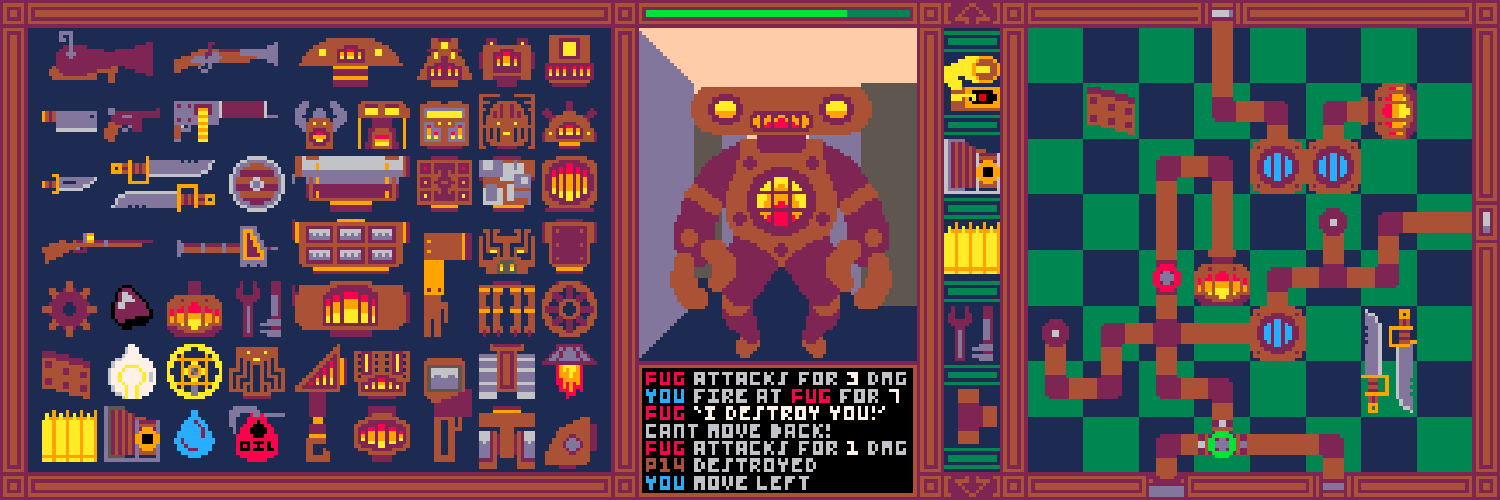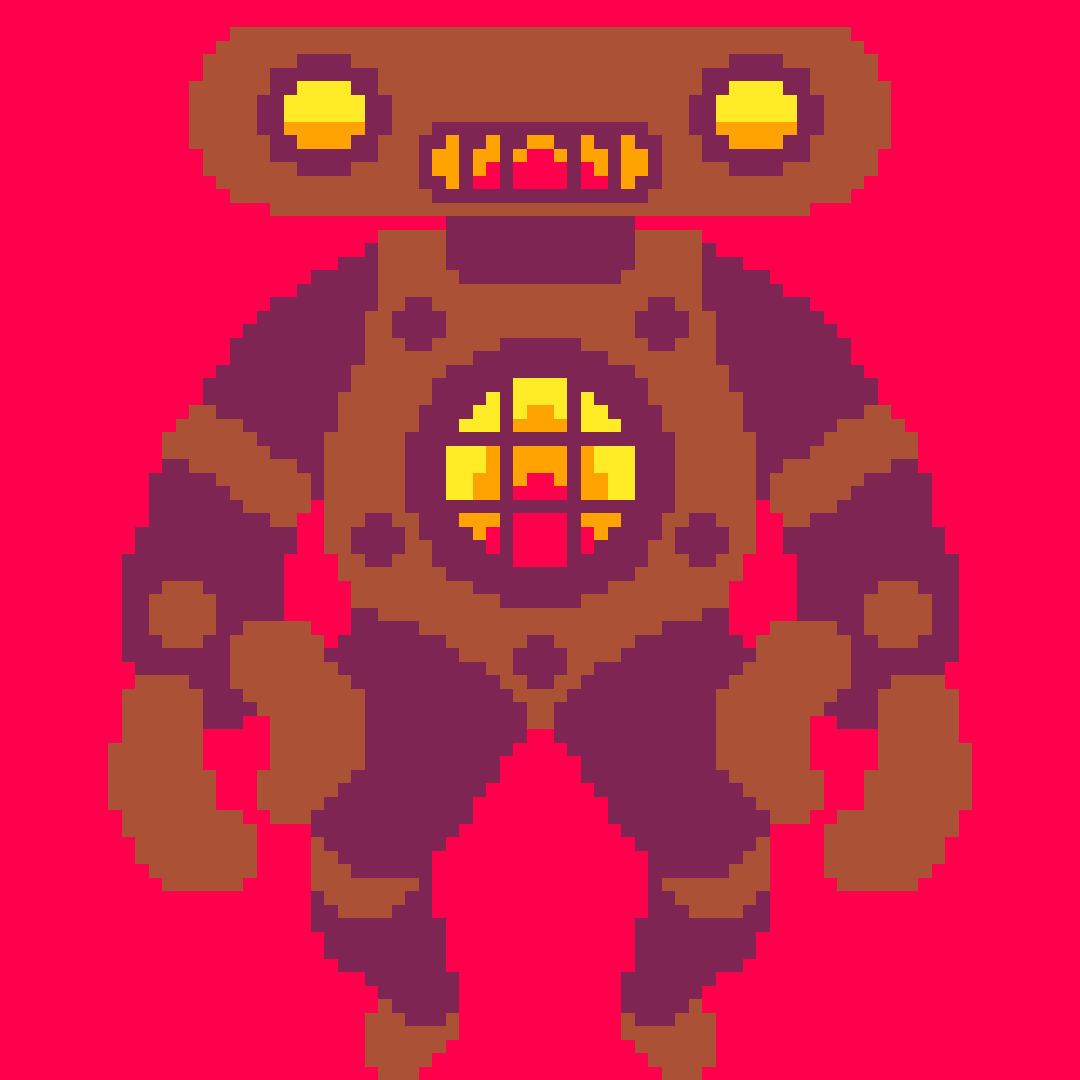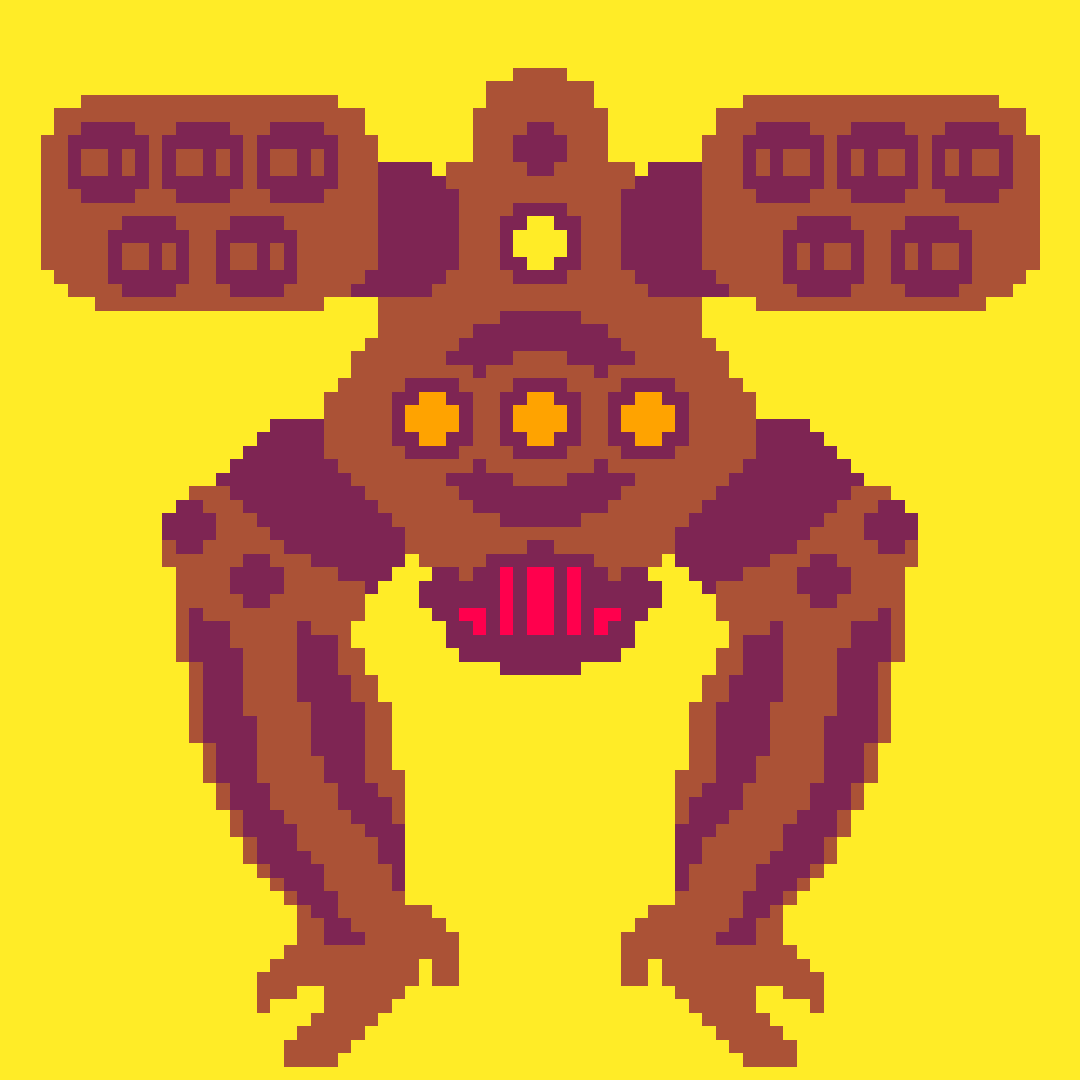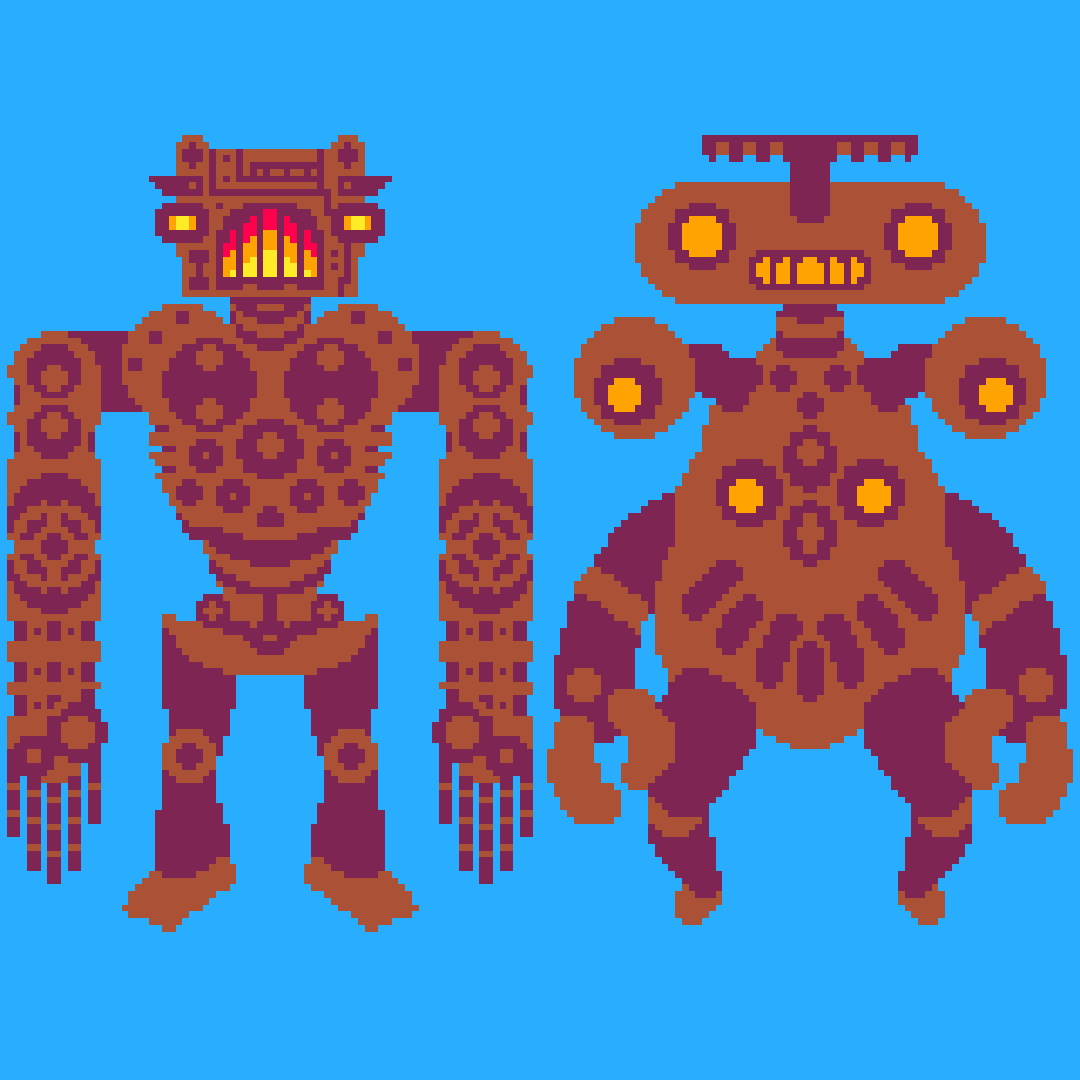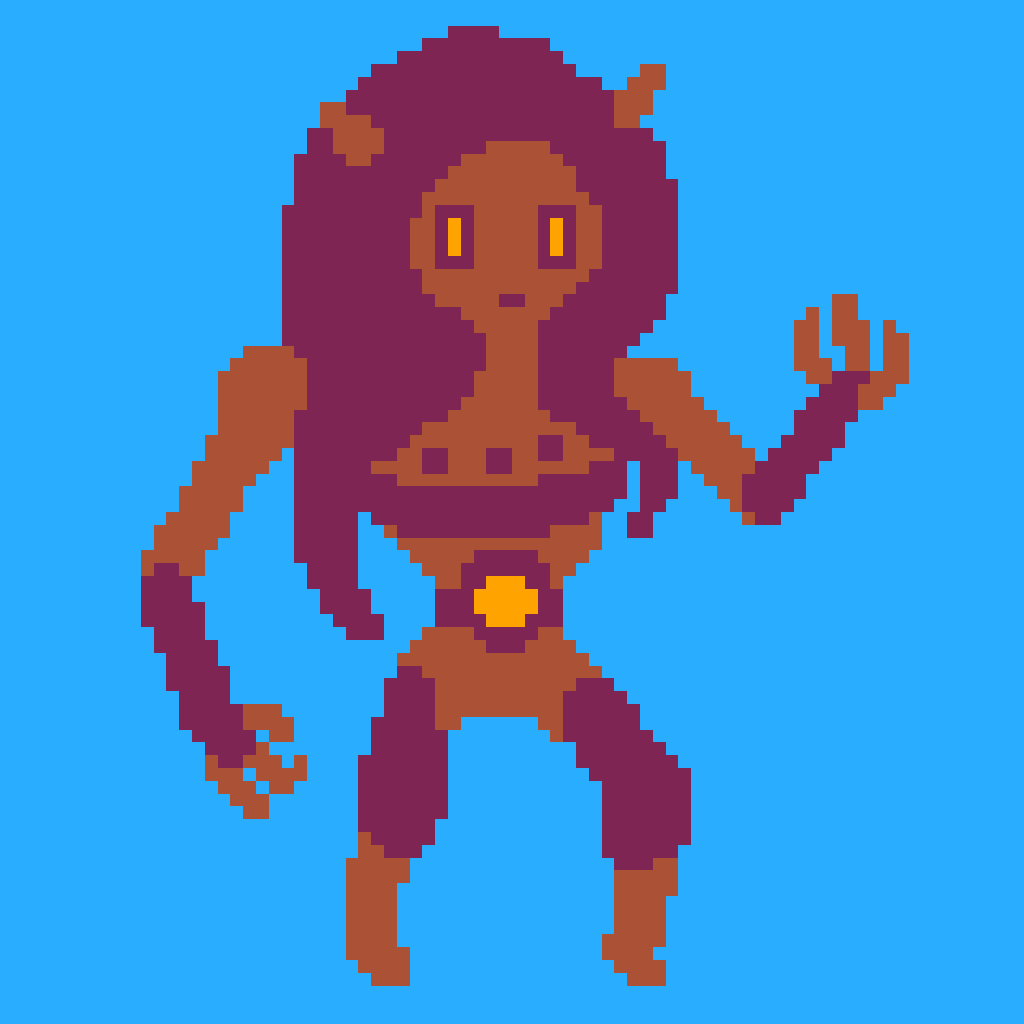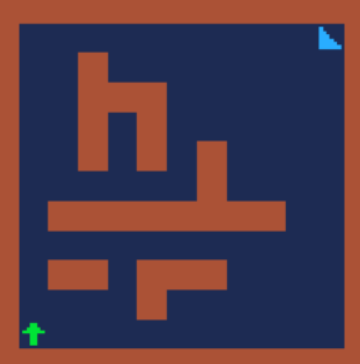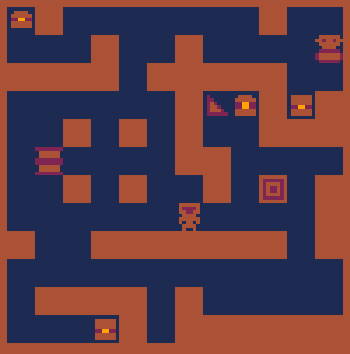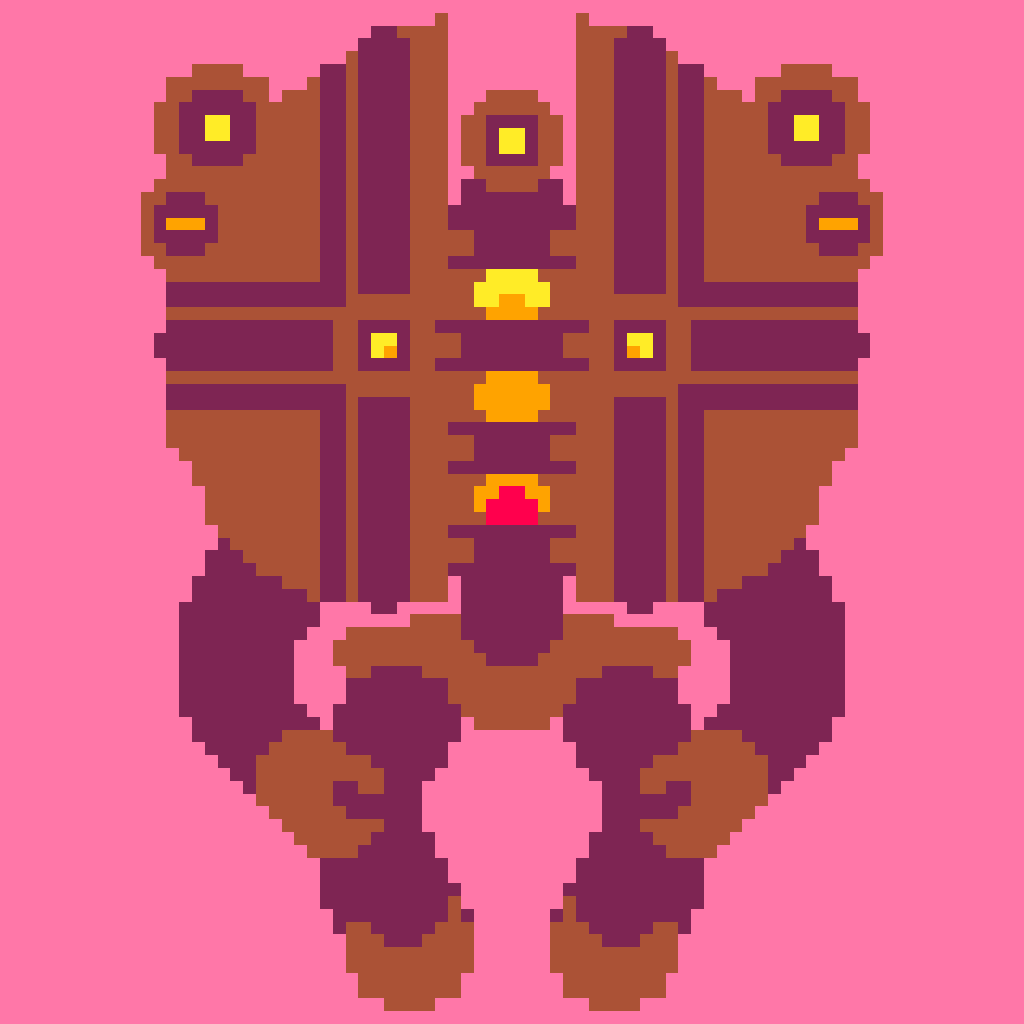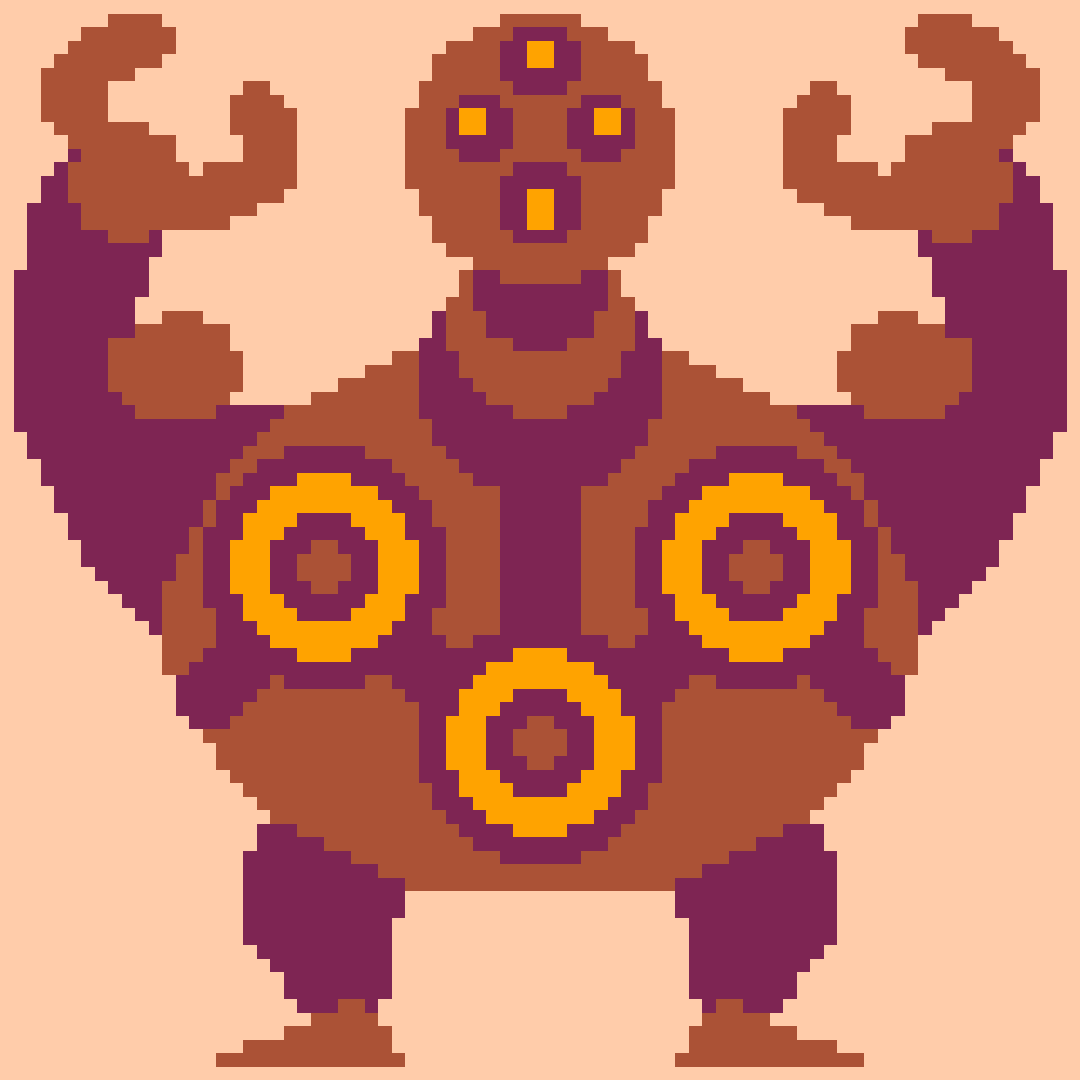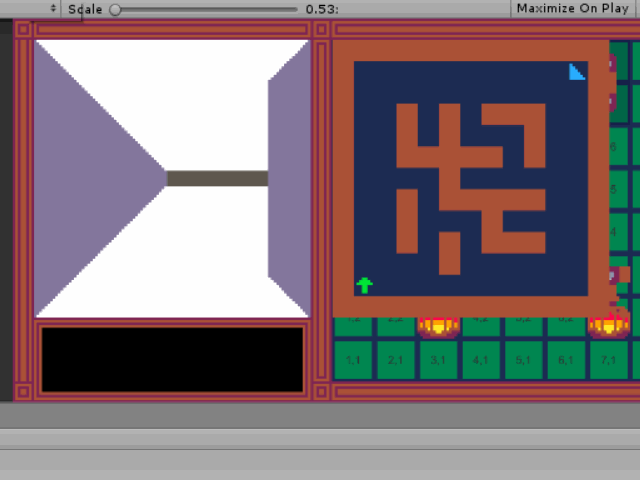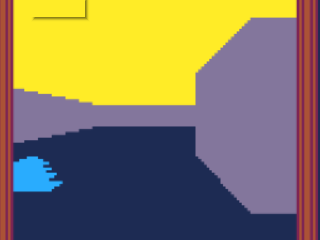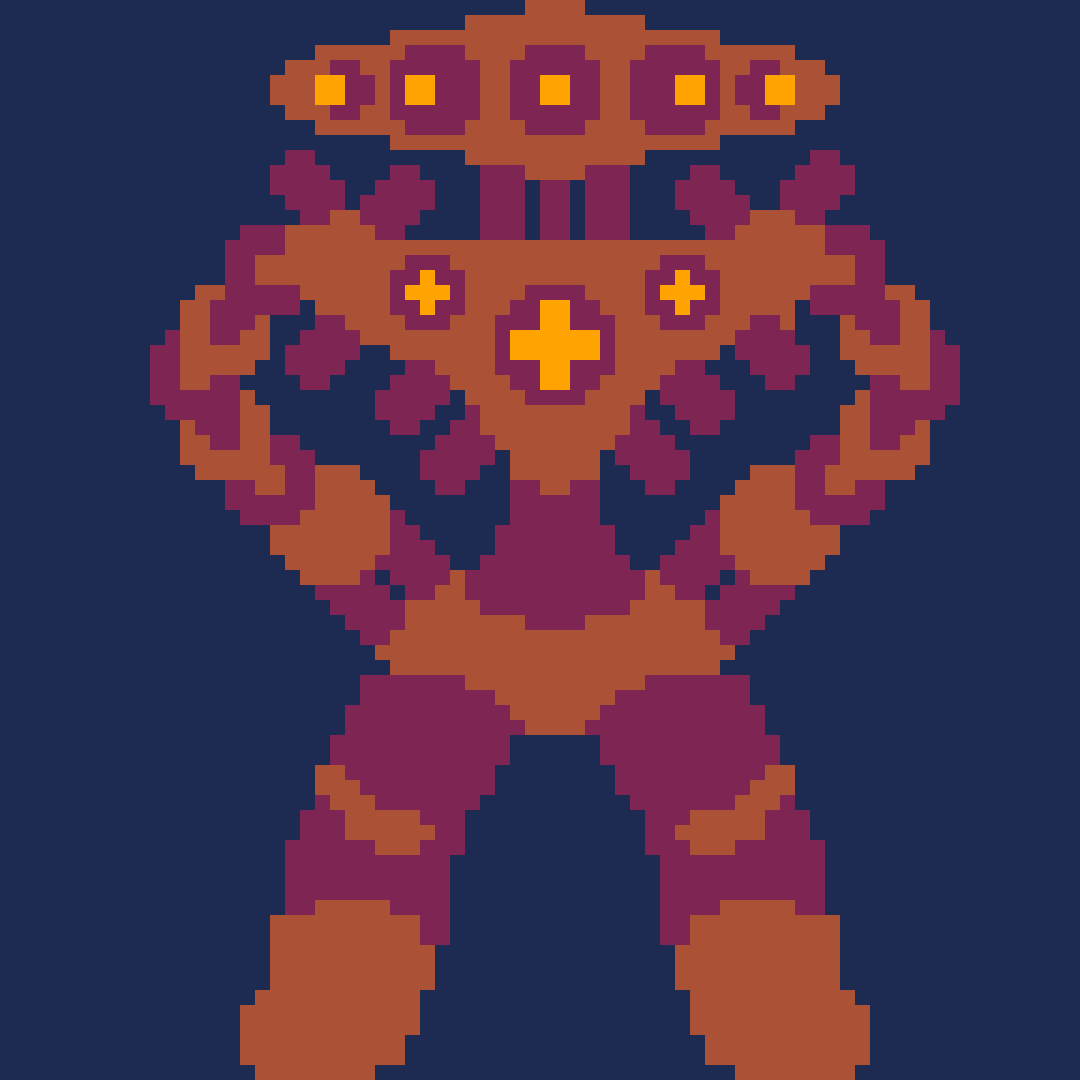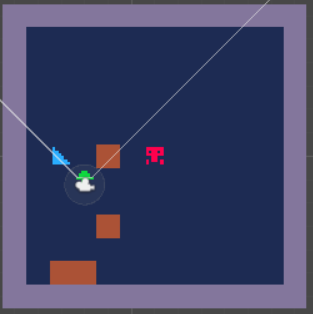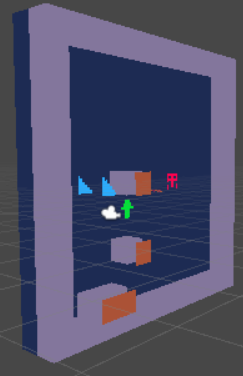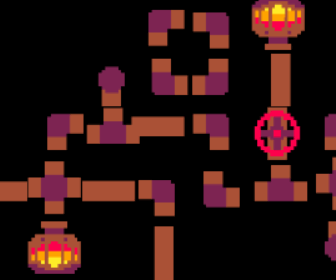Hello! I'm making a steampunk dungeon crawler where you manage your robots internals with a steam pipe game. It's salvaging an older project, an experiment in inventory systems with robot game art, but I really want to be able to turn it into a game someone (you!) could play. I have two devlogs from before I realized I desperately needed to join a game jam to keep on track. Also should have a log for today with more robots. It's all being programmed in Unity C# so if you have any questions about what I am jabbering about or have a question ask away!



